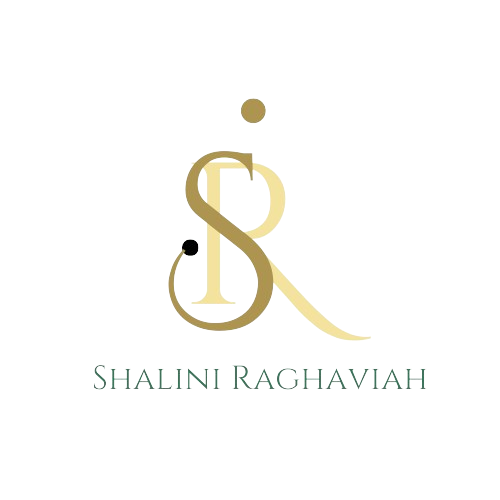What is technical jargon?
Technical jargon is a specialized language used by experts in a field, such as acronyms, abbreviations, and terms that are not familiar to most people.
Presenting technical concepts to a general audience can often present some challenges.Whether you are delivering a presentation, writing a report, or creating a video, you need to communicate your ideas clearly and effectively without confusing or boring your listeners.
Where should you use and not use technical jargon?
While jargon can be useful and precise within a specific domain, it can also create barriers and misunderstandings when used with a broader audience. Here are some tips to assess where and where not to use jargon.
1. Know your audience
Who is your audience, and what is their level of education and interest in your topics? If you are addressing other specialists in your domain, then it is good to use these terms, because your audience will understand exactly what you mean. Instead, keep the language simple and clear. Explain the main concept in a step-by-step manner with relatable examples or analogies.
2. Use visuals and illustrations
To illustrate this, take the example of the term ‘blockchain’. When this term first came up, explaining it to a non-technical person meant starting with a basic explanation.
Investopedia explains – “A blockchain is a distributed database or ledger shared among a computer’s network nodes. They are best known for their crucial role in cryptocurrency systems for maintaining a secure and decentralized record of transactions, but they are not limited to cryptocurrency uses. Blockchains can be used to make data in any industry immutable – this is the term used to describe the inability to be altered. The only trust needed is at the point where a user or program enters data, thus reducing the need for trusted third parties, usually auditors or other humans that add costs and make mistakes.”
Here is Google’s simple definition of blockchain: “A blockchain is a decentralized, distributed, and public ledger that is used to record transactions across many computers so that the record cannot be altered retroactively without the alteration of all subsequent blocks and the consensus of the network.”
These definitions still require some level of technical understanding. How would you explain it to someone with a non-technical background? Let’s give it a try.
Imagine a conventional ledger in which many different people/users or programs provide data to be entered into it. Now, imagine that instead of one user controlling all the data entry, maybe giving rise to errors, let’s distribute across a few users. Imagine further that it is a bulletin board, visible to all the users always, with ‘blocks’ for every user to enter their data. No individual user can alter anything without the consent of others. Imagine all this on a digital platform.
3. Convey the application first Now, what does a blockchain change? It changes the fact that data is out of the singular control of one user but distributed across a group of users. Second, it is always visible to everyone. Third, it is unalterable once entered without the group’s consensus. All this eliminates the need for third-party audits. For the layman, explain this application first, and justify it with benefits like transparency, security, accuracy, and easy accessibility to data.
https://stock.adobe.com/in/search?k=blockchain
https://stock.adobe.com/in/search?k=blockchain
From money transfers to real estate contracts, this technology is being used. The healthcare industry is one of the biggest users of ‘smart contracts’, where a contract is made between two parties without needing an intermediary.
Description: IT professionals often need to communicate complex technical concepts to non-technical stakeholders such as clients, executives, or users. This topic explores techniques for translating technical jargon into layman’s terms, creating clear and engaging presentations or documentation, and effectively conveying the value and implications of IT solutions to diverse audiences. It can also address strategies for handling questions,
feedback, and concerns from non-technical stakeholders.
Keywords for the topic “Technical Communication for Non-Technical Stakeholders” could include:
1. Technical communication
2. Non-technical stakeholders
3. Plain language communication
4. Simplifying technical concepts
5. Stakeholder engagement
6. Audience analysis
7. Communication strategies
8. Presentation skills
9. Documentation
10. Stakeholder education
